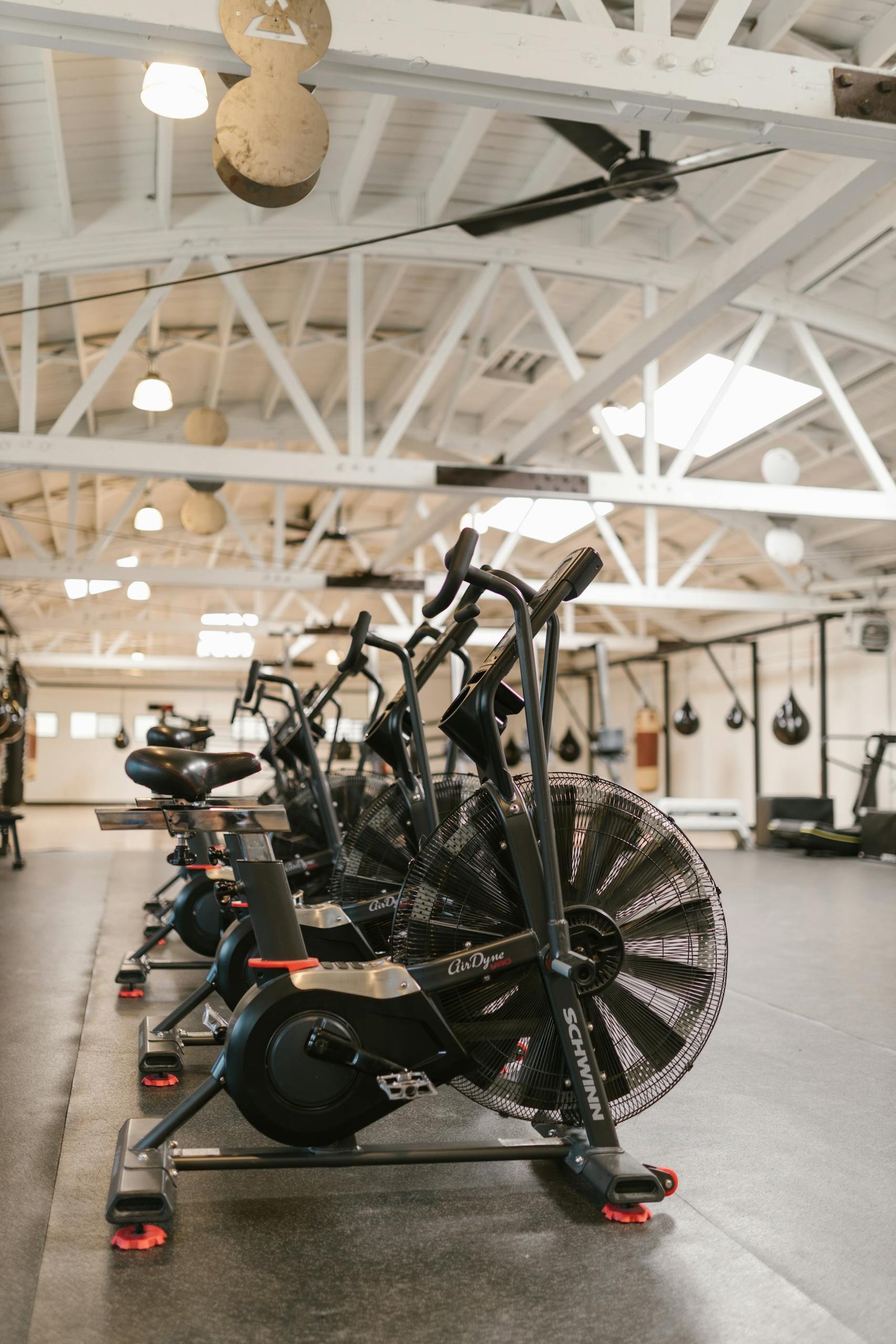Recumbent Bike Benefits: The Ultimate Guide to Comfortable Cardio
When it comes to cycling innovations, few designs have sparked as much interest as the recumbent bike! While they might look unconventional, these laid-back cycles are revolutionizing how people think about comfortable riding.
Did you know that recumbent bikes have actually been around since the 1930s, and a recumbent bike once held the world speed record at an impressive 89.59 mph? Whether you’re dealing with back pain, or other ailments seeking a more comfortable ride, or simply curious about alternative cycling options, recumbent bikes offer unique advantages that might just transform the way you feel about cycling.
Recumbent Bike Benefits for Joint Health and Pain Management
When I first started using a recumbent bike, I was amazed at how different it felt from traditional exercise bikes. Here’s what makes them so special for joint health:
- Clinical studies show recumbent bikes reduce knee joint stress by up to 40% compared to upright bikes, making them an awesome choice for people with arthritis or recovering from injury
- The ergonomic seat position distributes body weight more evenly, preventing pressure points that can cause discomfort
- Users typically experience 24% less hip flexor strain compared to traditional bikes, which is totally crucial for maintaining long-term joint health
What really exciting is how the recumbent bike benefits extended beyond just joint protection. The semi-reclined position actually helps maintain proper spinal alignment, reducing the risk of lower back pain during extended workout sessions.

Cardiovascular Recumbent Bike Benefits That Will Surprise You
Let’s talk about heart health, because this is where recumbent bikes really shine. During my research and personal experience, I’ve discovered some solid benefits:
- Users can maintain target heart rates 15% longer on recumbent bikes compared to upright bikes due to improved comfort
- The supported position allows for longer workout sessions, leading to better cardiovascular endurance
- Studies indicate that regular recumbent bike use can lower resting heart rate by an average of 4-6 beats per minute over 12 weeks
I’ve found that the recumbent bike benefits for heart health are especially noticeable when incorporating interval training. You can sustain higher intensities without the upper body fatigue that often comes with traditional bikes.
Weight Loss and Metabolic Recumbent Bike Benefits
Here’s something amazing I discovered during my fitness journey. Recumbent bikes can be incredibly effective for weight management:
- A typical 30-minute moderate-intensity session burns between 200-300 calories
- Regular users report an average of 1-2 pounds of weight loss per week when combining recumbent bike workouts with proper nutrition
The key to maximizing recumbent bike benefits for weight loss is consistency. I’ve developed a progressive workout plan. Check it out and see what you think:
Week 1-2:
- 20 minutes at moderate resistance
- 3-4 sessions per week
- Focus on proper form
Week 3-4:
- 30 minutes with interval training
- 4-5 sessions per week
- Increase resistance gradually
Week 5+:
- 45-minute sessions with varied intensity
- 5-6 sessions per week
- Incorporate high-intensity intervals

Senior-Specific Recumbent Bike Benefits
Older adults know just how valuable recumbent bikes can be for fitness:
- The step-through design reduces fall risk by 80% compared to traditional exercise bikes
- Balance-challenged individuals report feeling 90% more confident on recumbent bikes
- The seated position provides stability while maintaining an effective workout
Many seniors I know have experienced specific recumbent bike benefits:
- Improved mobility
- Better balance
- Increased leg strength
- Enhanced cardiovascular health
- Greater independence in daily activities
Rehabilitation and Recovery Recumbent Bike Benefits
During my time working with physical therapists, I’ve seen firsthand how recumbent bike benefits aid in recovery:
- Post-knee surgery patients can typically begin gentle cycling 2-3 weeks sooner than with upright bikes
- The supported position allows for safer rehabilitation of lower body injuries
- Users report 35% less fatigue during therapy sessions compared to traditional exercise equipment
Advanced Training and Athletic Recumbent Bike Benefits
Don’t think recumbent bikes are just for beginners or rehabilitation. The benefits extend to serious athletes too:
- High-intensity interval training (HIIT) on recumbent bikes shows similar cardiovascular improvements to traditional cycling
- Athletes report better recovery workout sessions due to reduced joint stress
- Cross-training benefits include improved leg strength without impact stress
Technical Recumbent Bike Benefits and Features
Modern recumbent bikes come packed with features that enhance the workout experience:
- Advanced heart rate monitoring with up to 99% accuracy
- Customizable resistance levels (typically 16-25 levels)
- Pre-programmed workout routines targeting specific fitness goals
- Digital tracking of speed, distance, and calories burned
Maximizing Recumbent Bike Benefits: Best Practices and Tips
After years of experience, here are my top tips for getting the most out of your recumbent bike workouts:
Proper Setup:
- Adjust seat position so knees have a slight bend at full extension
- Position handlebars within comfortable reach
- Ensure proper back support alignment
Workout Progression:
- Begin with 10-15 minutes at moderate intensity
- Gradually increase duration by 5 minutes each week
- Add resistance as endurance improves
- Incorporate interval training after establishing base fitness

Common Mistakes That Limit Recumbent Bike Benefits
Let me help you avoid some common pitfalls:
- Setting resistance too high too soon
- Incorrect seat position
- Neglecting to warm up and stretch properly
- Not varying workout intensity
- Focusing solely on speed over form
Long-term Recumbent Bike Benefits: What to Expect
Based on consistent user feedback and research, here’s what you can typically expect:
First Month:
- Improved energy levels
- Better sleep quality
- Increased leg strength
- Enhanced cardiovascular endurance
Three Months:
- Significant weight loss (if that’s your goal)
- Reduced joint pain
- Better overall fitness
- Improved blood pressure levels
Six Months:
- Maintained weight loss
- Enhanced muscle definition
- Superior cardiovascular fitness
- Better metabolic health
The Bottom Line on Recumbent Bike Benefits
After experiencing these benefits firsthand and helping countless others discover them, I can confidently say that recumbent bikes offer an awesome combination of comfort, effectiveness, and accessibility. Whether you’re just starting your fitness journey, recovering from an injury, or looking to maintain an active lifestyle, the recumbent bike benefits are truly remarkable.
Remember, the key to success is consistency and proper progression. Start where you are, follow the guidelines above, and you’ll be amazed at what you can achieve with regular recumbent bike workouts. The benefits extend far beyond just physical fitness – they can totally transform your overall well-being and quality of life.
Final Thoughts
Recumbent bikes offer a compelling alternative to traditional cycling, combining comfort, safety, and performance in a unique package. Whether you’re seeking a more comfortable ride, recovering from an injury, or looking to shake up your fitness routine, a recumbent bike could be the perfect solution. As more cyclists discover these benefits, the recumbent community continues to grow, offering support and resources for newcomers to this fascinating form of cycling.
Find More Resources on Bicycles
- Smart Bike Trainers: 2024 Best Picks with Features and Benefits
- How to Improve Cycling Endurance in 2025: 5 Proven Strategies for Cyclists
- Bicycle Chain Maintenance: 2025 How to Clean and Lube Guide
- How Do You Adjust Bike Brakes? A Step-by-Step Guide for 2024
- Essential Mountain Bike Gear: A Complete Guide for 2024







